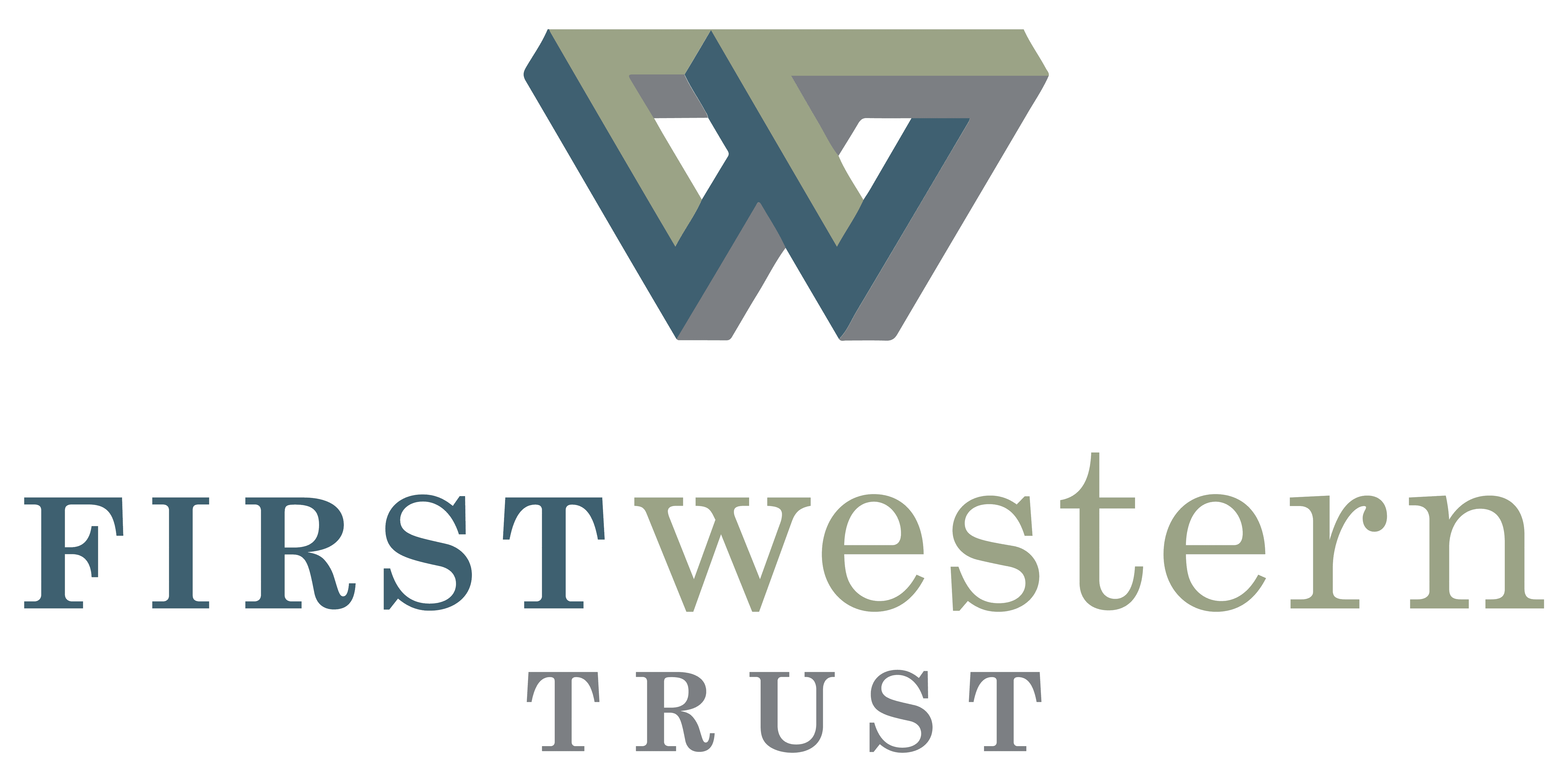
April 2025 Market Commentary
April 7, 2025
- President Trump announces 25% tariffs on imports from Canada and Mexico, and 10% tariffs on imports from China.
- President Trump announces minimum 10% reciprocal tariffs on all imports entering the US.
- Fed leaves rates unchanged at its March meeting citing elevated uncertainty.
- Returns: S&P 500 -4.6%. Bloomberg US Aggregate Bond index 2.8%.
Uncertainty created by President Trump’s unpredictable approach to trade policy, remained the dominant economic and market theme in March. As the month unfolded and market volatility increased, concerns among investors and economists about the possibility of a recession intensified. Those concerns were exacerbated after the President refused to rule out such an outcome. President Trump’s announcement of reciprocal tariffs on April 2 further added to the concerns of an economic slowdown.
Over the course of March, President Trump announced a number of new tariffs, some of which took effect, others of which were delayed until a later date:
- Tariffs on Canada, Mexico, and other countries originally set to take effect in February, before being delayed until March, were again delayed until April 2.
- 25% tariffs on all steel and aluminum imports entering the US, regardless of the country of origin, took effect mid-month.
- 25% tariffs on auto imports were announced near month end. Tariffs on fully imported vehicles went into effect on April 3. Tariffs on imported auto parts will go into effect over the course of April.
On April 2, Trump announced a baseline reciprocal tariff of 10% on all imports entering the US regardless of the country origin. Additional country-specific tariffs increased the total tariff rate on many countries to more than 20% and in some cases, like China, to as high as 54%. The overall size and scope of tariffs was far greater than many economists and investors had been anticipating, resulting in the S&P 500 falling 4.8% the following day as markets recalibrated their expectations as to the potential economic impacts that may follow. According to the non-partisan Tax Foundation, the newly announced tariffs will reduce after-tax income by an average of 1.9% and amount to an average increase of more than $1,900 per US household in 2025.
Despite the increased economic and market uncertainty created by Trump’s trade policies, economic data generally remained constructive in March, though certain data pointed to growing unease among consumers and businesses.
Headline consumer inflation (CPI) slowed from 3.0% to 2.8%, its lowest level since November, while core CPI, excluding food and energy prices, slowed from 3.3% to 3.1%, its lowest level since April 2021. Producer prices (PPI) also slowed, helping assuage concerns, at least temporarily, about the downstream impacts of higher producer prices on consumer inflation. The one caveat to the general improvement in inflation data was core personal consumption expenditures (PCE), the Fed’s preferred inflation measure, which unexpectedly rose from 2.7% to 2.8%. Released towards the end of the month, as tariff concerns were intensifying, the increase, albeit small, fueled concerns about the possibility of future stagflationary conditions in which tariffs could simultaneously slow economic activity, while increasing inflation.
Hiring increased in March with nonfarm payrolls adding 228K new jobs, far greater than the consensus forecast of 137K, and up from February’s level of 117K. Reflecting recent efforts to reduce the size of the federal workforce, federal government employment fell 4K, following a loss of 11K in February. The number of federal jobs eliminated is likely higher than indicated as the report noted employees on paid leave or receiving ongoing severance pay are counted as employed for the purposes of the report. Unemployment increased 0.1% to 4.2%, remaining withing the 4.0-4.2% range, in which it has found itself for the past 11 months.
Unlike “hard” data measures of employment, consumer spending, and inflation, sentiment-based data showed meaningful deterioration, reflecting growing concerns amongst consumers and businesses. Consumer sentiment fell to its lowest level since late 2022 as five-year inflation expectations reached 4.1%, the first reading above 4% since 1993. Measures of business sentiment also reflected growing concerns, particularly among small businesses, where uncertainty rose to the second highest level in 50 years according to the industry group NFIB.
Investment and insurance products and services are not a deposit, are not FDIC- insured, are not insured by any federal government agency, are not guaranteed by the bank and may go down in value. Information and research contained herein do not represent a recommendation of investment advice to buy or sell stocks or any financial instrument nor is it intended as an endorsement of any security or investment, and it does not constitute an offer or solicitation to buy or sell any securities. It is not possible to invest directly in an index. There is no assurance that investment products based on the index will accurately track index performance or provide positive investment returns. Past performance is not a guarantee of future results. These materials have been prepared solely for informational purposes based upon information generally available to the public from sources believed to be reliable. The views and opinions expressed in this publication are subject to change, at any time, without advance notice or warning.












